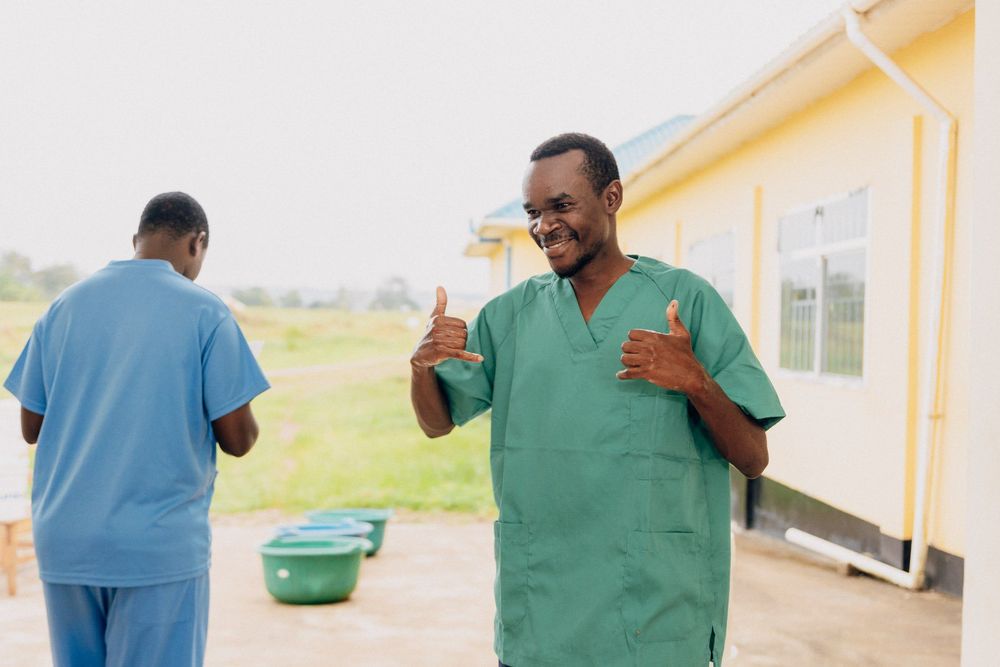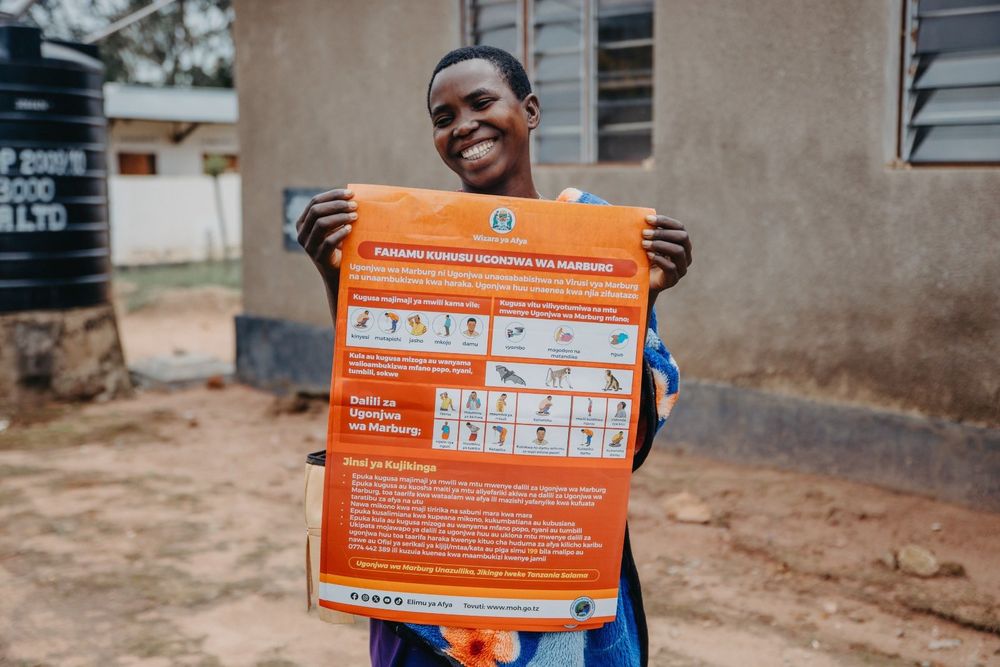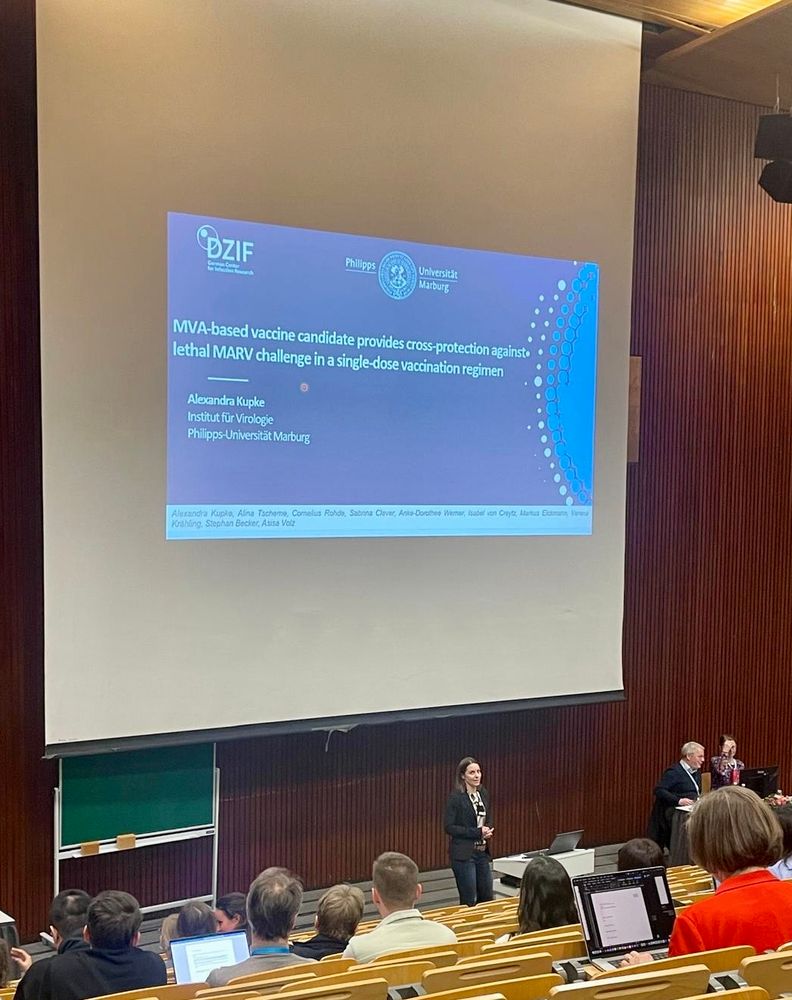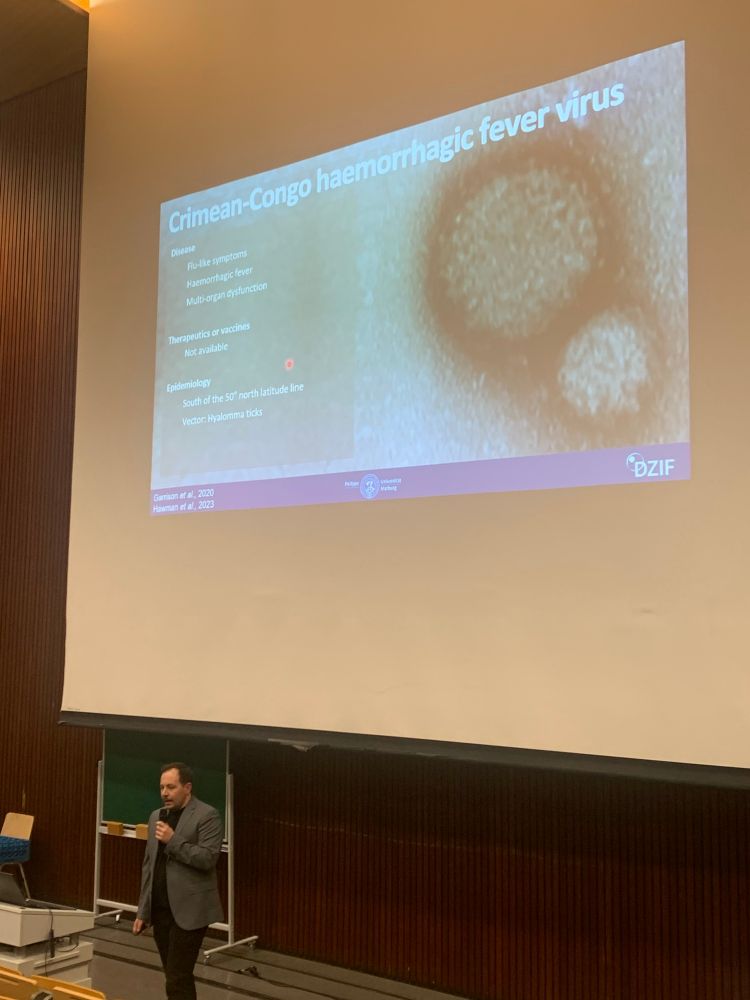Cornelius Rohde
@crnlsrhd.bsky.social
230 followers
250 following
3 posts
Virologist at Philipps University Marburg
Posts
Media
Videos
Starter Packs
Pinned
Cornelius Rohde
@crnlsrhd.bsky.social
· Nov 22

Neues Hochsicherheitslabor: Mehr Forschung zur Vorbereitung auf Risiko-Viren - Pandemie Netzwerk Hessen
An der Virologie der Universität Marburg entsteht ein neues Hochsicherheitslabor, ein BSL-4-Labor, um sich besser auf Pandemien vorzubereiten
pandemienetzwerk-hessen.de
Reposted by Cornelius Rohde
Reposted by Cornelius Rohde
Reposted by Cornelius Rohde
Reposted by Cornelius Rohde
Reposted by Cornelius Rohde
Reposted by Cornelius Rohde
Reposted by Cornelius Rohde
Reposted by Cornelius Rohde
Emanuel Wyler
@ewyler.bsky.social
· Feb 26

Podcast: Bekämpfen: Impfungen und Therapien (6/10)
Zu Beginn der Corona-Pandemie gab es keine Medikamente gegen Covid-19. Die Forschung setzte auf Repurposing, also den Einsatz von Mitteln, die ursprünglich gegen eine andere Krankheit zugelassen waren...
www.ardaudiothek.de
Reposted by Cornelius Rohde
Reposted by Cornelius Rohde
Reposted by Cornelius Rohde
Cornelius Rohde
@crnlsrhd.bsky.social
· Nov 28
Reposted by Cornelius Rohde
Isabel von Creytz
@icreytz.bsky.social
· Nov 28

Recovery of Recombinant Marburg Virus by Reverse Genetics
Reverse genetics systems can be used to study parts or all of the viral life cycle. Recovery systems are reverse genetics systems used for the generation of infectious recombinant viruses that can car...
link.springer.com
Reposted by Cornelius Rohde
Cornelius Rohde
@crnlsrhd.bsky.social
· Nov 25

Rapid Development of Modified Vaccinia Virus Ankara (MVA)-Based Vaccine Candidates Against Marburg Virus Suitable for Clinical Use in Humans
Background/Objectives: Marburg virus (MARV) is the etiological agent of Marburg Virus Disease (MVD), a rare but severe hemorrhagic fever disease with high case fatality rates in humans. Smaller outbre...
www.mdpi.com
Reposted by Cornelius Rohde
Cornelius Rohde
@crnlsrhd.bsky.social
· Nov 22

Neues Hochsicherheitslabor: Mehr Forschung zur Vorbereitung auf Risiko-Viren - Pandemie Netzwerk Hessen
An der Virologie der Universität Marburg entsteht ein neues Hochsicherheitslabor, ein BSL-4-Labor, um sich besser auf Pandemien vorzubereiten
pandemienetzwerk-hessen.de













